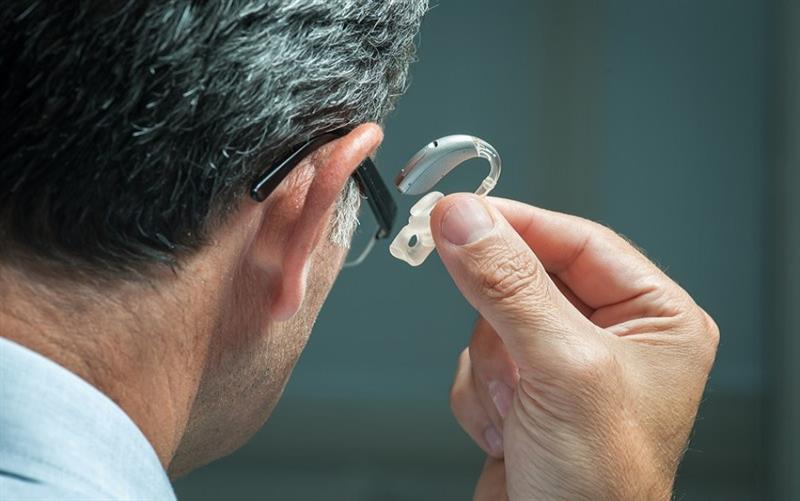
Our headphones and earbuds enrich our lives with music and information, but they can also jeopardize our hearing if not used wisely. Protecting your hearing is a matter of understanding the risks, recognizing the signs of damage, and implementing practical strategies to reduce the risk. By taking these precautions, you can continue to enjoy your audio companions while preserving your precious sense of sound.
Understanding Hearing Damage
To protect your hearing effectively, it's essential to understand how hearing damage occurs. Sound travels as waves through the air, and when it reaches our ears, it's converted into electrical signals that our brain interprets as sound. Prolonged exposure to high-decibel levels, common when using headphones and earbuds, can damage the delicate structures in the inner ear. This damage can lead to permanent hearing loss.
Risks of Headphones and Earbuds
One of the significant risks associated with headphones and earbuds is their close proximity to the ear canal. Unlike traditional speakers, which project sound into the open air, these devices deliver sound directly into the ear. This close contact can amplify the intensity of the sound, increasing the risk of hearing damage.
When it comes to enjoying music, podcasts, or other audio content, headphones and earbuds have become our trusted companions. However, there are several risks associated with their usage that we should be aware of:
1. Close Proximity to the Ear:
Unlike traditional speakers that disperse sound into the open air, headphones and earbuds deliver sound directly into the ear canal. This proximity can intensify the sound, increasing the risk of hearing damage.
2. Prolonged Exposure:
Many of us use headphones and earbuds for extended periods, whether during our daily commute, work, or workouts. Prolonged exposure to audio at high volumes can be detrimental to our hearing health.
3. High Volume Levels:
Listening to audio at high volume levels through headphones or earbuds can directly impact the delicate structures of the inner ear, potentially leading to permanent hearing damage.
4. Risk of Hearing Loss:
The constant bombardment of loud sounds, especially in noisy environments, can contribute to noise-induced hearing loss over time.
5. Isolation from the Surroundings:
Noise-cancelling headphones, while beneficial for immersive audio experiences, can isolate you from your surroundings, making you less aware of potential dangers like approaching vehicles or emergency sirens.
6. Ear Infections:
The prolonged use of in-ear earbuds can lead to earwax buildup and increase the risk of ear infections.
7. Audiologist's Concerns:
Audiologists have expressed concerns about the increasing cases of hearing loss, especially among younger generations who tend to use headphones and earbuds for extended periods at high volumes.
8. Potential for Tinnitus:
Listening to loud music for extended periods can lead to tinnitus, a condition characterized by a constant ringing or buzzing in the ears.
Tips for Protecting Your Hearing
Protecting your hearing doesn't mean giving up your favorite headphones and earbuds. Here are some practical tips to ensure you enjoy your audio companions without compromising your hearing health:
1. Choose the Right Headphones:
Invest in over-ear headphones or noise-cancelling headphones. They often allow for lower volume levels while providing excellent sound quality. On-ear and in-ear headphones tend to require higher volumes to block out external noise.
2. Noise-Cancelling Technology:
Noise-cancelling headphones can reduce the need to turn up the volume in noisy environments, offering an extra layer of hearing protection.
3. Use Ear Protection:
When attending concerts or working in noisy environments, consider using earplugs or noise-cancelling headphones to protect your hearing.
4. Custom Ear Protection:
If you're a musician or frequently exposed to loud sounds, consider custom-made ear protection. These can provide effective noise reduction while preserving sound quality.
5. Hygiene and Ear Care:
Keep your headphones and earbuds clean to prevent ear infections. Earwax buildup can also affect the sound quality, leading to an increase in volume.
6. Audiologist's Advice:
If you notice any signs of hearing damage or discomfort while using headphones, consult a hearing healthcare professional for guidance and recommendations.
7. Regular Breaks:
Take breaks during long listening sessions to give your ears time to recover. A common guideline is the "60/60 rule" - listen at 60% of the maximum volume for a maximum of 60 minutes, followed by a 5-minute break.
8. Limit Exposure:
Avoid using headphones or earbuds in excessively noisy environments. When background noise is loud, you may unconsciously increase the volume to compensate.
9. Use Ear Protection:
When attending concerts or working in noisy environments, consider using earplugs or noise-cancelling headphones to protect your hearing.
10. Mind Your Surroundings:
Stay aware of your surroundings, especially when using noise-cancelling headphones. Ensure you can hear important sounds like emergency sirens or approaching vehicles.
It's ideal to keep yourself as educated with your hearing aids and a new breakthrough in the technology. Ask your query via Book an Appointment today. For more information visit https://hearing.careinc.ca or you can call us today at (403)605-6300